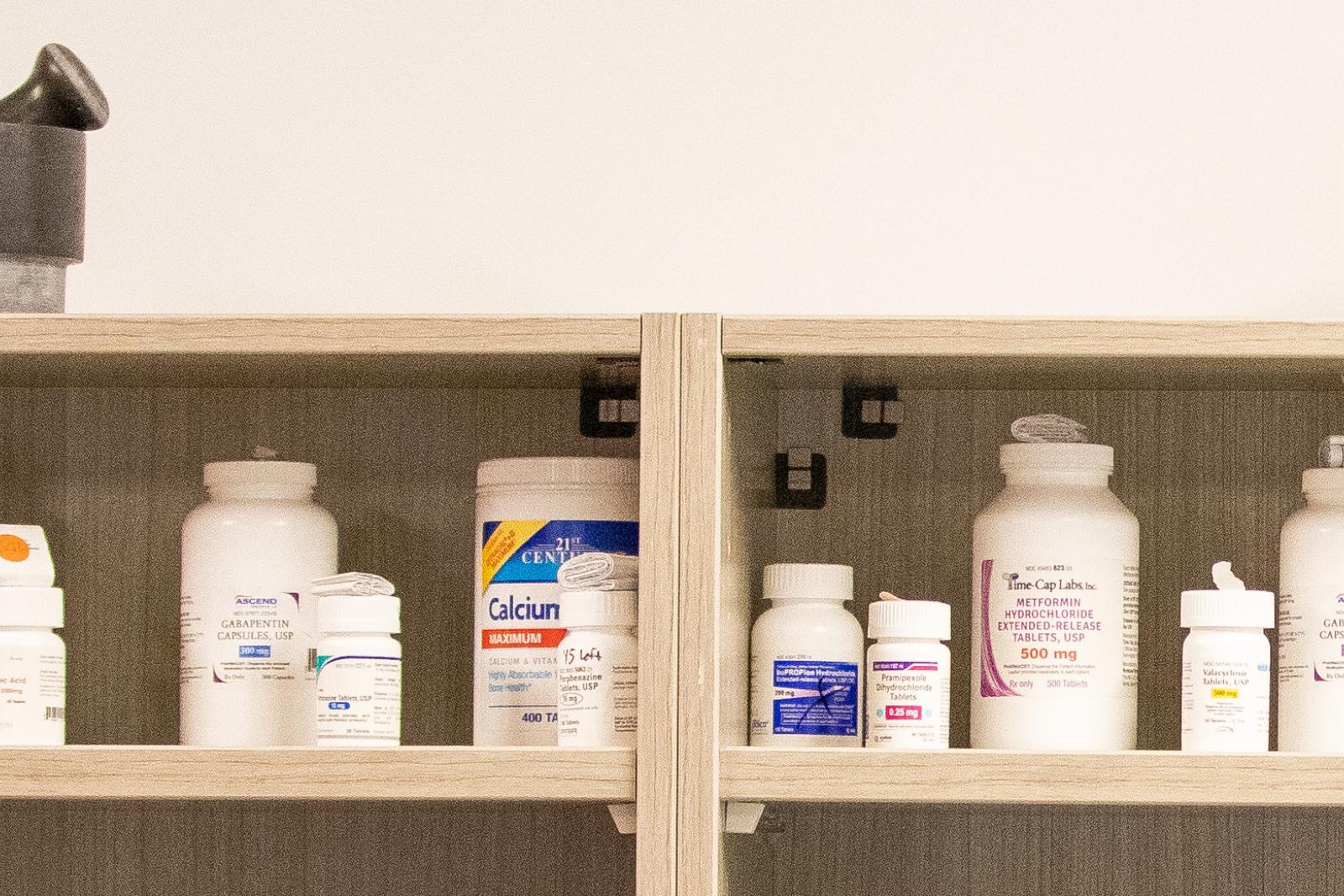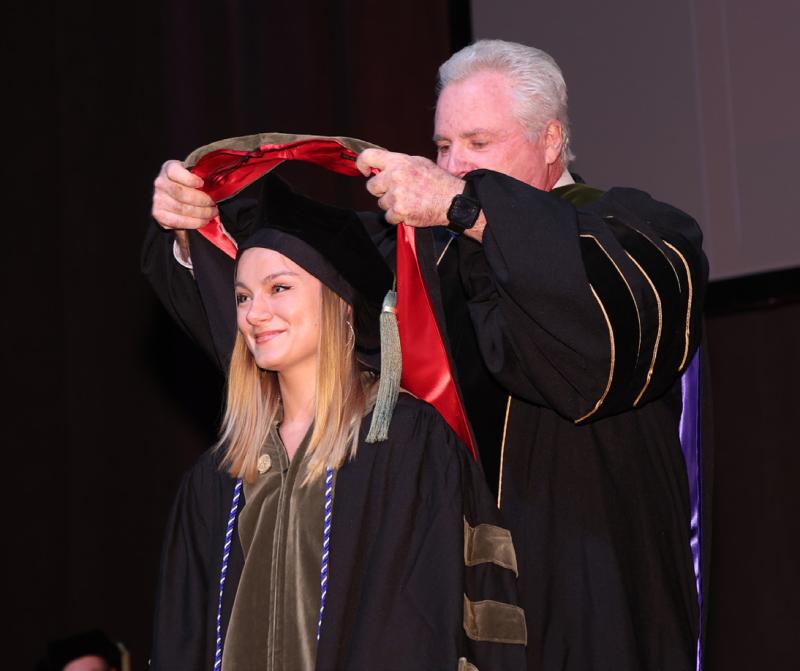Curriculum overhaul delivers success beyond the classroom

The Ohio State University College of Pharmacy’s Doctor of Pharmacy (PharmD) program has remained on U.S. News and World Report’s top 10 list throughout Henry Mann’s 10year deanship in large part because of the Inquire, Innovate, Involve (I3) curriculum.
Implemented in 2015, the I3 curriculum takes a unique approach to pharmacy education. Classes are structured in modules and focus on developing a comprehensive problemsolving approach through the use of active learning strategies integrating both pharmaceutical and clinical sciences. I3 also places an emphasis on building leadership skills by teaching students self-awareness and providing lectures and activities on the fundamentals of leadership.
The distinctive changes integrated into the PharmD curriculum set Ohio State PharmD students apart, molding them into exceptional leaders, primed for success after graduation. By fostering interdisciplinary collaboration, hands-on experience and a forward-looking mindset, the I3 curriculum ensures that Ohio State PharmD graduates are well-prepared to navigate the evolving landscape of health care and make lasting contributions to patient care and the pharmacy profession as a whole.
“Pharmacy is changing very quickly – while we have a good sense of what the profession will look like in 10 years and can prepare students for that, we also must focus on educating students to adapt and lead what pharmacy will be in 25-35 years.”

In the I3 curriculum, students apply pharmacy practice and patient counseling skills learned in labs to their integrated practical experiences – 300 hours of direct patient care rotations – during the first three years of the program. Additional hours are spent on professional development. Students then spend their entire fourth year of the program honing their skills at rotation sites under the supervision of preceptors.
“We were purposeful with our curriculum in terms of adding labs, and you’re seeing the impact of all the active learning in their rotations,” said Katherine Kelley, PhD, associate dean for assessment and strategic initiatives and professor of clinical pharmacy at the college. “The curriculum is also contributing to student success across the six areas of the North American Pharmacist Licensure Examination (NAPLEX) and the Multistate Pharmacy Jurisprudence Examination (MPJE).”
The college has consistently stayed above the national NAPLEX and MPJE average pass rates across all ACPEaccredited programs for first-time test takers for more than a decade, but changes to the PharmD curriculum have translated into higher scores on both exams. In 2022, Ohio State was the only Big Ten pharmacy program with first-time pass rates of 90% or higher on both the NAPLEX and MPJE.
Increased residency match rates are another example of improved outcomes reported by students completing the I3 curriculum. Dr. Kelley explained that Ohio State students choosing to pursue residency training after completing their PharmD saw a higher degree of success in 2023. Of the 73 students who submitted rankings residency match program this year, 93% matched with a residency; a record high percentage.
- 93% Ohio State's Class of 2023 ASHP residency match rate
Dr. Kelley said that one reason for this improved success rate is greater student interaction with outstanding faculty who teach and precept in the program, including Ohio State Wexner Medical Center pharmacists.
“Our students’ exposure to medical center faculty in both the classroom and experiential rotations sets them apart,” Dr. Kelley said. “Because of this, our students are more competitive and better prepared for residencies.”
When the I3 curriculum created a need for additional faculty members, the college collaborated with the Wexner Medical Center and other partners across Ohio to recruit world-class faculty who could complement and build on decades of innovative teaching delivered by former and current faculty at the college.
“When we launched the I3 curriculum, we set out to enhance the experience of being a PharmD student at Ohio State,” Dean Mann said. “We’ve done so much more in terms of growing the college and enhancing our relationship with the medical center and community partners. All of this has a direct impact on the health care patients receive from Ohio Statetrained pharmacists.”
Thanks to the I3 curriculum, Ohio State PharmD students are better prepared to take on the challenges of patient care and pharmacy practice after graduation. I3 has been proven to set up students for success post-graduation, making them more competitive candidates for residencies and other postgraduation placements. Ohio State PharmD graduates enter the workforce armed with the confidence and competence to drive positive change and shape the future of pharmacy.